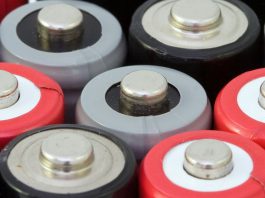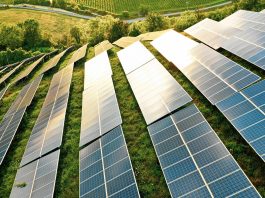Brittney Elzarei, Policy Manager at EASE, spoke to Innovation News Network‘s Lorna Malkin about the policy environment surrounding batteries in Europe and the potential of new and disruptive energy storage solutions.
The European Association for Storage of Energy (EASE) is working to actively shape the legal and R&D funding framework for energy storage at the EU level. Its members have significant expertise across all major storage technologies and applications, allowing the association to generate new ideas and policy recommendations that are essential to build a regulatory framework that is supportive of storage.
Innovation News Network‘s Junior Editor, Lorna Malkin, spoke to EASE’s Policy Manager, Brittney Elzarei, about the policy environment surrounding batteries in Europe and how EASE would like to see things evolve, as well as the potential of new and disruptive energy storage solutions.
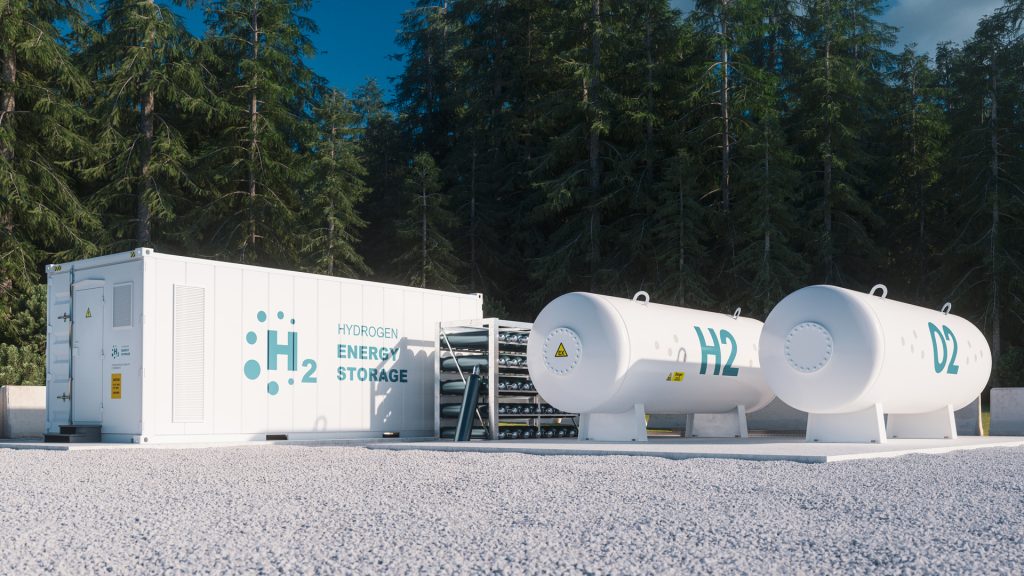
There has been significant growth in the storage market in recent years in Europe, and we are seeing the different types of applications really diversifying and growing bigger
Can you outline EASE’s main objectives and how these support the EU’s decarbonisation targets?
EASE is the EU Industry Association working on creating a good policy and regulatory framework to support the deployment of energy storage. EASE covers all different energy storage technologies – reaching far beyond batteries, including, for instance, pumped hydro-storage, thermal storage, power-to-gas, and mechanical storage. Our aim is to ensure that there will be enough support for storage technologies on both the policy side and the R&D&I and finance side to help integrate renewables and achieve the 2030 and 2050 decarbonisation targets.
We have been active on numerous different research and innovation issues related to batteries. We are, for instance, a participant of the European Battery Alliance, and our general focus has always been on the policy regulatory framework for the deployment of stationary storage, and thus more on the demand side and less on the supply side. We are also a member of EU funded BATTERY 2030+ project, where we are working on the next generation of batteries and bringing together all the necessary stakeholders. We are also a member of Batteries Europe, a technology innovation platform that also brings together all the different players, and are a member of the Batteries European Partnership Association, which has been established to advise the European Commission on how to spend the R&D funding from Horizon Europe with regards to battery sector in the coming years.
At EASE, we have been pleased to see that the COVID-19 recovery has not prevented the EU Green Deal from progressing and, indeed, has not impacted upon the EU’s decarbonisation ambitions. We are hopeful that the recovery plans that Member States are drawing up, which will use €750bn from the Recovery Fund, will also feed into the innovation and deployment of storage technologies.
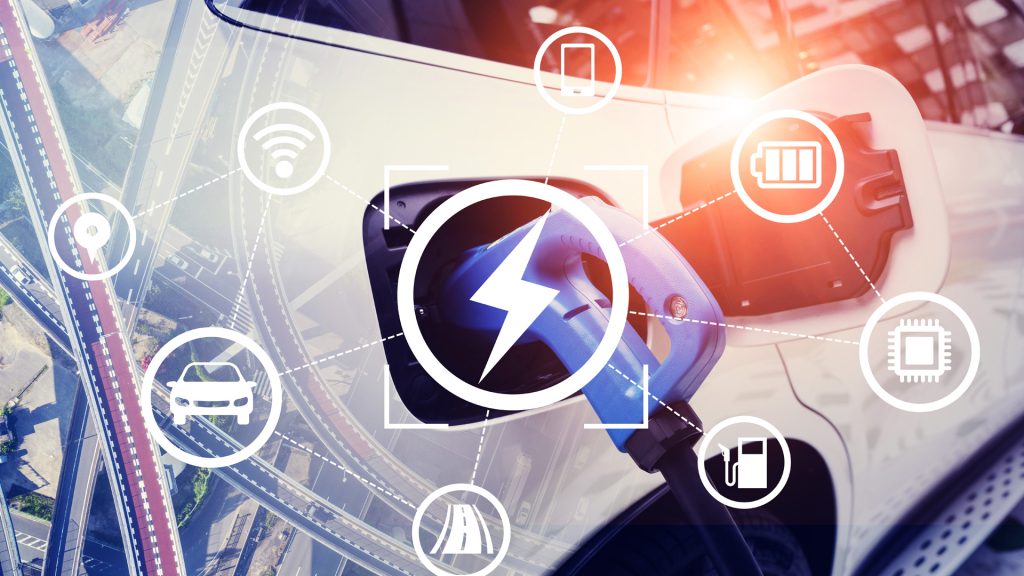
Lithium-ion and solid-state batteries promise an overall better performance – higher energy density, a longer lifetime, and better safety
What advances in energy-storage technologies have been made in recent years? In which industries do you expect to see the greatest demand for these technologies in the future?
There has been significant growth in the storage market in recent years in Europe, and we are seeing the different types of grid-scale applications coming onto the market for energy storage. There is also increasing demand for storage behind the meter for residential homes, both for co-location with new PV installations and retrofitting of existing PV.
The commercial and industrial storage sector is a little smaller, but demand is there for certain types of commercial consumers, such as farms, shopping centres, and football stadiums, for example, and some such consumers have been installing storage to time-shift their photovoltaic (PV) towards the evenings and to support EV charging infrastructure roll-out.
How will next generation battery technologies benefit the energy storage market?
Solid-state batteries for example, promise an overall better performance – higher energy density, a longer lifetime, and better safety. We could also see developments in other types of batteries such as flow batteries which, versus sodium sulphur batteries, can have a much longer duration and so may prove to be quite interesting in the coming years – not necessarily for electric vehicles, of course, but for stationary storage.
The industry will also need to consider the sustainability of these technologies as different raw materials are used depending on the battery type. One avenue of research is thus trying to improve or change the makeup of the batteries so as to rely less on these raw materials.

We all have the common aim of better performing, safer, more durable, and more sustainable batteries, and so we need to find a good balance between having quite exacting requirements and not limiting the deployment of batteries by having overly complicated procedures
When it comes to scaling up production in the energy storage sector to meet future decarbonisation targets, what do you feel will be the biggest challenges?
It is very promising that the EU has put a lot of effort into various projects to support the development and European manufacturing of new batteries. The challenges will concern speeding up some of the materials research and finding alternative materials and chemistries that really can deliver on what is potentially possible. In the EU context, there has been a lot of discussion on skills and research collaboration and trying to enhance the EU’s competitiveness in the sector.
In terms of scaling up, the EU – which has always been quite strong in terms of research into batteries and other storage technologies – has identified manufacturing as a significant issue. European companies are also quite good in the development of battery management systems and the integration of batteries.
Battery manufacturing was something of a weak point in the past, but now we have seen a lot of battery manufacturing plants being announced and coming online in Europe. The challenge that EASE is mainly focused on is the regulatory framework, which should enable a strong business case for energy storage and be technology neutral so that it is not just focused on today’s batteries but leaves the door open for the next generation.
EASE has expressed concern that the new EU Batteries Regulation risks ‘hampering innovation and competition’. What effect could this have on the energy storage industry and what changes would you like to see to remedy this issue?
Our biggest concern about all EU legislation related to storage and specifically the Batteries Regulation is that they are not technology neutral. While the Batteries Regulation attempts to cover many different types of applications, it does seem specifically geared towards lithium-ion batteries and their specific applications. We are thus concerned that some of the provisions could hamper the deployment of other types of batteries and that some of their requirements, for example with regards to energy density, may not be suitable for other types of applications. When it comes to performance and durability, for example, we are not convinced that it is necessary to have specific provisions within this regulation because different types of applications have different requirements. The market should be able to decide what types of batteries are used in which application, because the business case should be there. It is not necessarily the role of the regulation to define that.
We all have the common aim of better performing, safer, more durable, and more sustainable batteries, and so we need to find a good balance between having quite exacting requirements and not limiting the deployment of batteries by having overly complicated procedures. We have a lot of start-ups at EASE, and so the Batteries Regulation is something we are actively discussing with them. We hope that the final result will be a good balance and will be usable for all different types of actors.
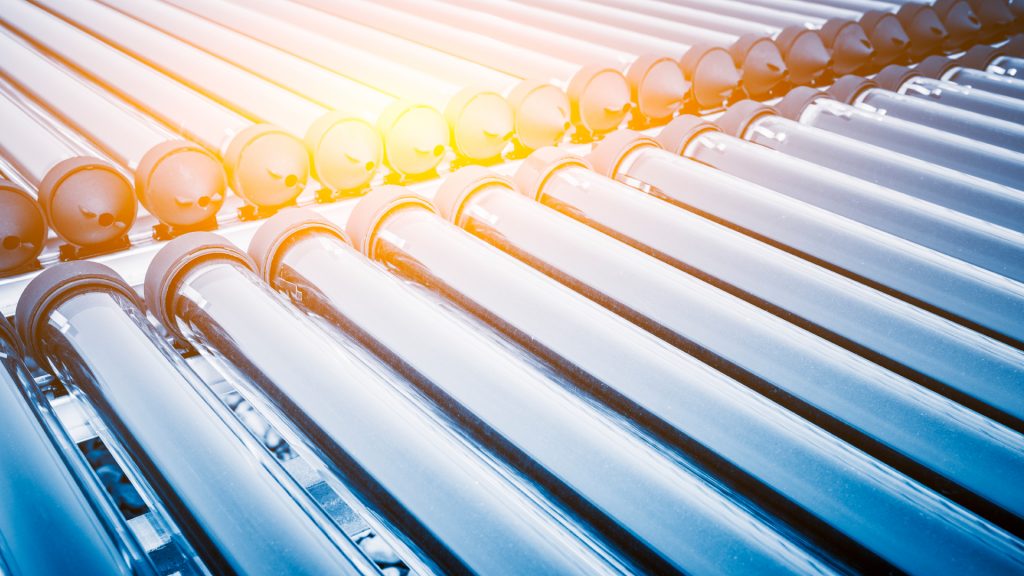
Thermal storage could have a huge role to play in terms of decarbonising heating and cooling, as well as in terms of providing extra flexibility to the electricity system
Aside from batteries, what other energy storage technologies do you expect to see over the next decade that are going to significantly contribute to Europe’s decarbonisation goals?
There are probably too many to mention. We have established two roadmaps on research and development into energy storage, which cover all the different storage technologies, and there are lots of them.
There is a lot of research and innovation taking place at the moment, but one example that seems to have untapped potential at the moment is thermal storage, which is rarely mentioned. Thermal storage could have a huge role to play in terms of decarbonising heating and cooling, as well as in terms of providing extra flexibility to the electricity system. This is therefore one area where there is a lot of interesting research happening at the moment. Power-to-gas is a solution that is currently receiving a lot of attention in Europe, and there is a lot of effort to get that rolled out. As previously mentioned, flow batteries and other longer duration batteries may also prove to be quite interesting moving forwards.
Interesting work is also taking place on mechanical storage. In the UK, there is a start-up working on liquid air energy storage, for example, which could have a lot of interesting applications. Research and innovation is also going on in the pumped hydro storage sector, for example on retrofitting different types of hydropower plants to enable energy storage. Hybrid storage systems are also receiving a lot of attention in terms of research and development where, by combining two different storage technologies into one system, the response and duration can be maximised.
Of course, lithium-ion batteries for electric vehicles will be the biggest application, but for the stationary storage sector, there are many different technologies with a lot of potential.
Brittney Elzarei
Policy Manager
The European Association for Storage of Energy (EASE)
+32 2 743 29 82
info@ease-storage.eu
Tweet @EASE_ES
https://ease-storage.eu/
Please note, this article will also appear in the sixth edition of our quarterly publication.



